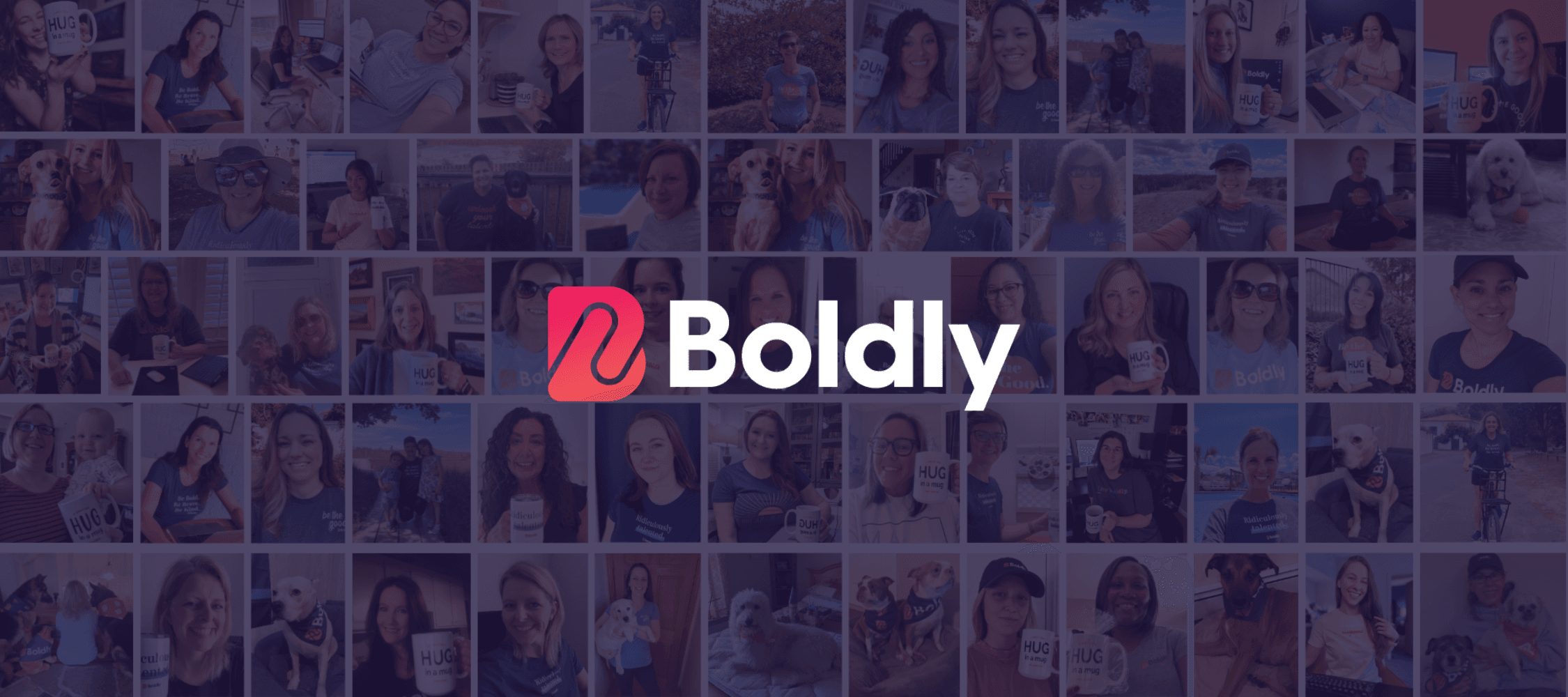The whole world is talking non-stop about AI. It’s changing how we live, it’s growing exponentially…but how is it used in the actual working world? AI is flashy, but is it useful?
With so many promises made about AI, we wanted to know if and how it actually helped executive assistants.
We conducted a survey of 60 of the top 1% of executive assistants, asking them a series of questions about how they worked. We wanted to find out how they use AI, how they don’t use AI, and what they’d like to see AI be able to do for them in the coming year.
Depending on how you’ve come to view this tech, the findings might surprise you. The results also give a good picture of what to expect from AI when it comes to productivity and efficiency in the executive office.
Best Uses For AI Based On Real-World Experience
When asked what AI could be most helpful with, nearly a quarter of the executive assistants we surveyed said that planning and scheduling travel was their biggest challenge. It was by far the best use for AI, according to our survey.
The most common headaches with scheduling travel?
Multiple clients, multiple time zones, multiple preferences, multiple vendors, and multiple calendars to cater to. That’s a lot of moving parts.
When asked what would make travel planning easier, survey respondents had a strikingly similar answer: bring all the information in one place to make it easier to compare and decide. This includes things like hotels, flights, and car rentals across different websites and platforms.
Taking it a step further, our top EAs described wanting to use filters to reduce complexity. These filters would work across all companies and platforms offering the services they wanted to book (i.e. think Google Flights, but for everything). Ideally, an EA could quickly plug in the parameters and let AI generate the best options. It would generate a report that they could use, or provide to their client for a final decision.
Travel planning wasn’t the only big hitter, when it came to an AI wishlist. Our respondents said the next best use for AI was writing (16%) and scheduling (14%).
Let’s take a deeper dive into scheduling.
Of the 60 executive assistants that we surveyed, 17% said they did not handle scheduling. The remaining 83% of respondents said they spent some or most of their day scheduling. Of that group, 53% considered the scheduling that they did for their executive to be complex.
We define complex scheduling as having oversight and management of the calendar for one or more incredibly busy executives. It includes managing meetings and appointments for multiple people across multiple time zones.
That means that of our entire group of top executive assistants, 16% spent most of their billable hours on complex scheduling. Consider that Boldly EAs average about 6.5 hours a day. Imagine what would happen if AI could make that process much easier?
That’s a lot of valuable time, freed up for other projects.
How Executive Assistants Are Least Likely To Use AI
Our survey showed that 7% of EAs weren’t sure what AI could help them with. That means that 93% were already confident or at least considering where they plan to head with AI in their own work.
Why would 7% not be certain of using AI? What’s the “why” behind their lack of AI usage? Why didn’t AI seem like a valid tool for these other kinds of tasks?
Specifically, our surveyed executive assistants were least likely to use AI for inbox management, event planning, expense reporting, and taking notes at meetings. The executive assistants preferred, for now, to keep a hands-on approach rather than handing that off to AI. There were three main reasons:
- Their executives’ preferences were always changing. Booking travel arrangements was inconsistent, for example, because it changed with those preferences. Unless AI could perfectly anticipate those new preferences, the surveyed EAs weren’t sure how it could help.
- The processes or vendors they were required to use negated AI integration. Whether it was internal software tools or specific vendors the executive wanted to work with, some EAs felt hamstrung when it came to finding productivity improvements. Any change to the procedure, whether AI-centered or not, was difficult or impossible. An anti-productive process resists improvement.
- They weren’t confident in AI accuracy yet. While many were interested in what AI might be able to do someday, they weren’t willing to rely on it yet. Several noted they would still have to verify the accuracy of any results AI returned, though they were not against lesser usage of AI in a supplemental way.
As AI improves its capability and accuracy, that 7% will likely be reduced.
How AI Can Change An EAs Average Day
It’s clear from our survey respondents that they would like to shift to using AI in three ways: managing information, helping with decisions, and as a supplemental tool.
Using AI To Manage Information
The internet has made it relatively easy to find and gather information. What to do with all of that information is the problem.
We asked our top executive assistants how they would like to use AI in the coming year. Through the varied answers, the common denominator threaded through each scenario was the handling of information and data:
- Compiling and comparing information. Whether it’s travel planning, categorizing business expenses, capturing meeting notes and transcription, or the best time for a meeting, gathering and interpreting data for is a top challenge for EAs. AI that could pull together, compare, or summarize data would be helpful across most EA tasks.
- Presentation of information. Even for those EAs who prefer more control of the decision process instead of handing it off to AI, presenting information and options in a user-friendly and trustworthy way would be a huge productivity boost. This is especially the case if presenting a report or summary to a client for their use in decision-making.
- Identification of information. Managing email, messages, and incoming project management notifications can be overwhelming. An EA has to know what information they are looking at and whether it’s important right now, or later. They need AI that can accurately learn and automatically flag, sort, or organize email and notifications based on importance.
- Repackaging of information. For EAs who create content for blogs or social media, they’d like to use AI that could reliably research topics, help plan content, or even create content (think press releases, images, email campaigns, letters, reports, marketing).
Using AI that can find, categorize, assemble, summarize, and repackage information in a usable manner is a future productivity gold mine for executive assistants.
Using AI To Help With Decision-Making
Not every EA was comfortable (yet) with handing the controls over to AI, but most agreed that it could significantly help with their decision making.
- Organizing tasks more effectively. An EA has their own schedule to maintain, one that manages tasks and workload effectively. AI could help by using a triage approach, with automatic reminders or low-level automated action that keep things moving forward, would make them more effective. By understanding how and when an EA worked, the AI could help them plan and use their time better.
- Managing preferences or limiting factors for decision-making. So many tasks are made complicated because of preferences or requirements that affect the final decision. AI that would remember preferences, make it simple to plug in limiting factors, and offer options that fit within guidelines would make complicated scheduling tasks much faster and more accurate. The final decision would be made by a human, but AI would make it easier to come to a good choice.
Using AI As An Add-On
For some executive assistants, integrating AI into their work would require an overhaul of how a process is handled with their client.
That’s not always in the EAs power.
But AI can still be put to work, even if it’s not integrated into a process or platform completely.
ChatGPT can be used to increase productivity in a number of ways, and there are several platforms and tools that integrate with it. Some of the most popular productivity tools are integrating AI already, behind the curtain. Even something as simple as using AI chat prompts to brainstorm or recommend a plan of action are helpful, regardless of what process an EA is stuck using.
In a sense, AI is always the add-on.
For many of the executive assistants in our survey, surprisingly human ways of managing their work still served them best. Some worked better writing things on paper, while others preferred a phone call to hammer out details. Still others relied heavily on emotional intelligence to anticipate a client’s needs.
Part of being a great executive assistant is being intuitive and able to read people.
While AI can’t (yet) compensate for emotional intelligence required when working with people, it can reduce background workload. That frees up time, allowing EAs to provide more of that human touch that’s so necessary.




